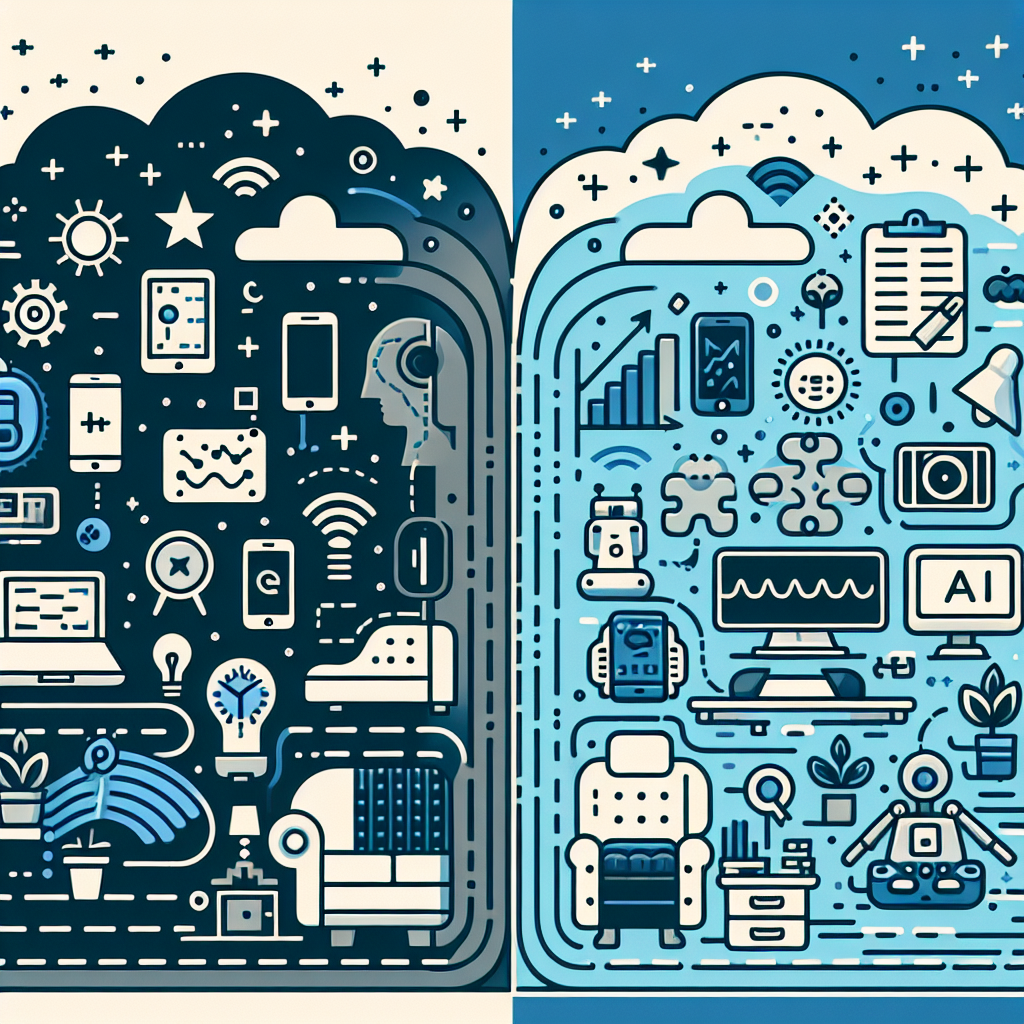The Impact of Technology on Psychoanalytic Work: Adapting to a Changing Landscape
The field of psychoanalysis has long been rooted in traditional face-to-face therapy sessions, with the therapist and client engaging in deep, introspective conversations to uncover and address underlying psychological issues. However, as technology continues to advance at a rapid pace, the landscape of psychoanalytic work is also evolving. The integration of technology into psychoanalytic practice has both positive and negative impacts on the therapeutic process.
One of the most significant impacts of technology on psychoanalytic work is the accessibility of therapy services. With the rise of telehealth and online therapy platforms, clients now have the option to engage in therapy sessions from the comfort of their own homes. This level of convenience can be particularly beneficial for individuals who may have difficulty accessing traditional in-person therapy due to geographical limitations, physical disabilities, or time constraints. Additionally, the anonymity of online therapy can make it easier for clients to open up about sensitive topics and feel more comfortable discussing their thoughts and feelings.
On the other hand, the use of technology in psychoanalytic work can also present challenges. For example, some therapists may struggle to establish a strong therapeutic alliance with clients when conducting sessions through video calls or messaging platforms. The lack of physical presence and nonverbal cues can make it difficult for therapists to accurately assess their clients’ emotions and reactions. Furthermore, issues of confidentiality and data security may arise when utilizing online platforms for therapy, raising concerns about the privacy of sensitive information shared during sessions.
Despite these challenges, many therapists are adapting to the changing landscape of psychoanalytic work by incorporating technology into their practice in innovative ways. Some therapists are using virtual reality technology to create immersive therapy experiences, while others are utilizing online platforms for therapy homework assignments and communication between sessions. Additionally, the use of artificial intelligence and machine learning algorithms is being explored as a tool to help therapists analyze client data and identify patterns in behavior.
In conclusion, the impact of technology on psychoanalytic work is undeniable, and therapists must adapt to these changes in order to provide effective and ethical therapy services. While technology has the potential to improve accessibility and enhance the therapeutic experience for clients, it also poses challenges that must be addressed through thoughtful and intentional integration into practice. By staying informed about the latest technological advancements and remaining mindful of the potential risks and benefits, therapists can navigate the evolving landscape of psychoanalytic work with confidence and competence.


